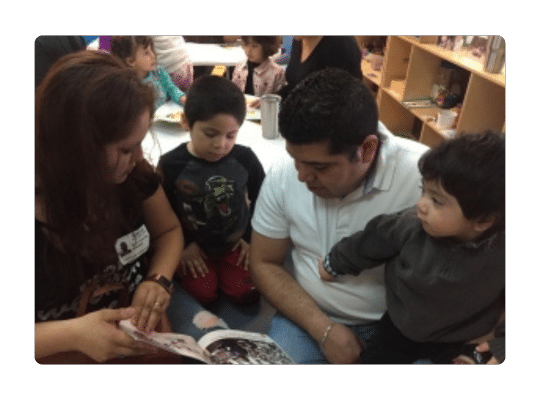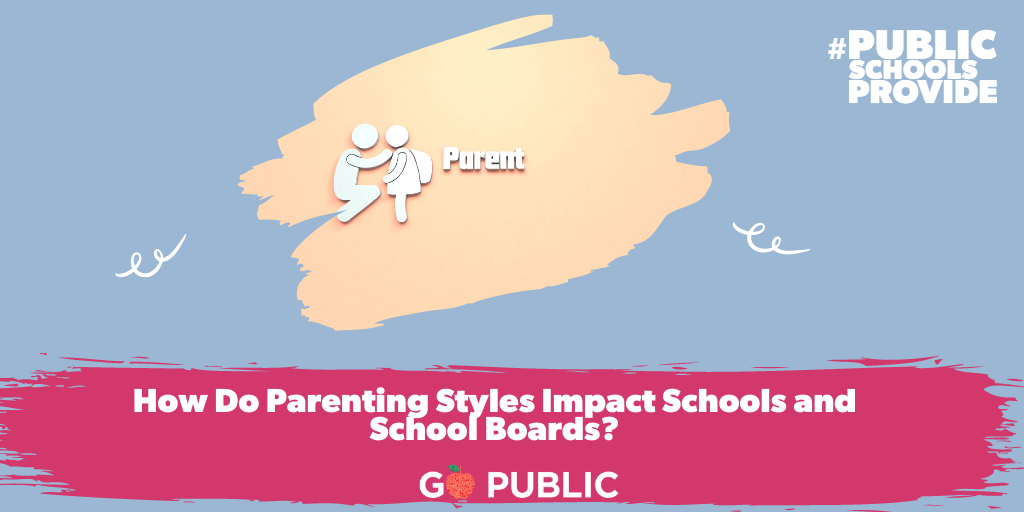Response from “Ask Former Trustees – Clear Creek ISD Chapter”: Joanna Baleson, Ken Baliker, Jennifer Broddle, Bob Davee, Glenn Freedman, Ann Hammond, Charlie Pond, Page Rander, Dee Scott, Win Weber
What are parenting styles?
Parenting styles is a broad term that refers to the complex ways parents raise their children. The term can relate to:
- parents’ level of expectations
- performance demands
- adherence to rules
- discipline styles
- values
- communications
- emotional attachment
- and the range of attitudes that parents impart to their offspring.
For the purposes of this paper, parenting styles will be considered along two important dimensions:
1. The level of control, strictness and demanding approach the parents exert over their children.
2. The level of warmth, support, and responsiveness the parents exhibit toward their children
(Note: Based on the research of noted psychologist Dr. Diana Baumrind, UC Berkeley)
Simple terms
Any time we reduce human behavior to simple terms we gloss over the nuances and subtleties of actual behavior and interactions. This topic is meant to start conversations, to appreciate the important role parents play in public education, and to raise awareness about the impact of parenting on the broader community. (Note: The research of Baumrind and many others has demonstrated that gender, culture, religion, economic status, marital status and other factors all play a role in parenting.)
In a nutshell, what are the four primary parenting styles?
The four primary parenting styles are:
- Authoritative Parenting Style
- Authoritarian Parenting Style
- Permissive Parenting Style
- Uninvolved Parenting Style
This graphic summarizes the four styles (Source: Psychology Today, February 5, 2020)
Are there other styles? What is free-range parenting?
Examples of styles commonly heard include, but are not limited to:
- Permissive Parenting (children run the family);
- Free-Range Parenting (children are free to be independent, but within predetermined parameters);
- Helicopter Parenting (parents control every aspect of a child’s life and also try to control others who interact with their child). For more: https://en.wikipedia.org/wiki/Parenting_styles
How do parenting styles impact schools?
Interestingly, if one considers teaching styles along the same dimensions as parenting styles, the graphic above will not change much.
By extension, when parenting and teaching styles align, we have little contentiousness if there is agreement on substance. If there is a disagreement, then the styles become even more important in the reconciliation process. Further, when the styles collide, the chances for misunderstandings or mistrust increase.
As a result, from the students’/child’s point of view, they must deal with the teaching style at school and the parenting style at home. Aligning makes things easier than if there is a difference between home and school styles. Add that that mix, the student’s personality, preferences, maturity and other factors, we can begin to appreciate the complexity of all these dynamic interactions.
What is the relationship between parenting styles and school-boardmanship styles?
While research on this relationship is inconclusive, our collective experience (nearly 100 years of collective experience as board members) has led us to consider that school board members ‘styles’ along the same dimensions as parenting and teaching styles, would likely yield similar findings. For example, if an authoritarian parent and an authoritarian trustee disagree about some issue, there may well be a measure of conflict. More permissive or uninvolved parents, however, may not even reach a trustee’s radar, resulting in certain parenting styles receiving a disproportionate amount of attention and even deference.
It’s not easy being a parent, a teacher, or a school board member. And, there are consequences for how we act – and how we interact with children.























